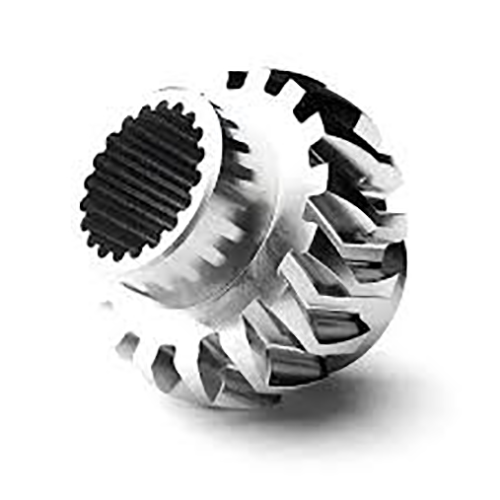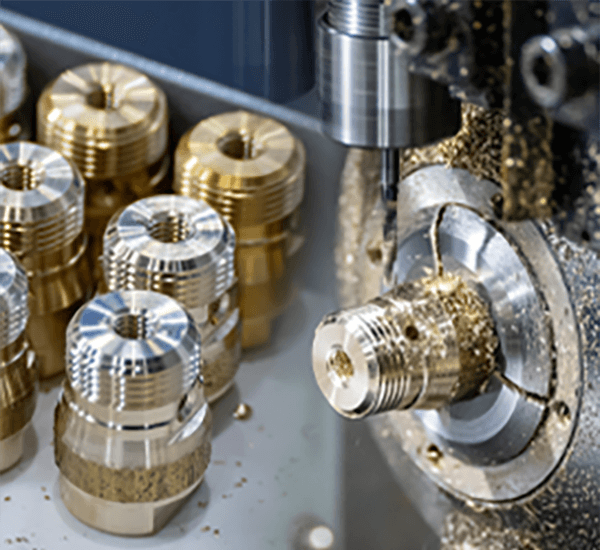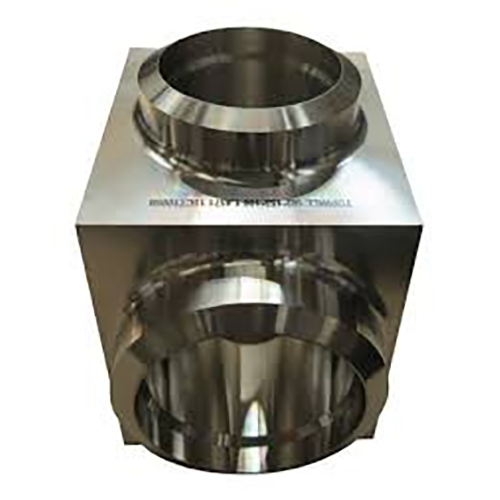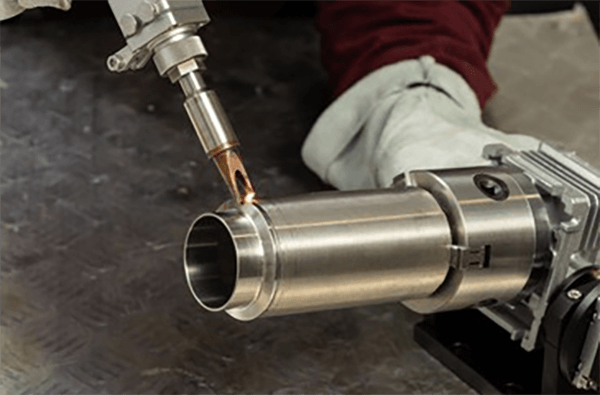
Securing exact surface quality on a machined component proves indispensable.
- Technical drawings lay out precise surface criteria for components
- Many specifications reference Ra, an average roughness metric, for surface measurement
- Knowing how to read finish callouts is critical for meeting performance goals
- Clear finish specification affects lubrication behavior, sliding resistance, and lifespan
- Accurate interpretation of callouts is required to realize the targeted surface
Understanding Precision Engineering in CNC Machining

Automated machining signifies a significant manufacturing innovation by leveraging computer-aided programs machines execute intricate designs with remarkable accuracy.
- Computer-driven machining creates reliable parts from assorted materials
- Adaptable CNC processes fit the demands of aerospace, automotive, and medical markets
- Automated machining provides consistent reproducibility for uniform components
Across R&D to production scale-up CNC machining drives manufacturing evolution
Understanding CNC Machine Specifications
Grasping machine spec language may feel tough at first
Even so practical familiarity and a systematic plan enable decoding machine specs
Commence with recognizing main metrics: spindle rpm, feed, precision, work volume, control system
Each of these specifications contributes to the machine's overall performance.
To illustrate, faster spindle rotation fits soft materials and quicker feed improves production rates.
Appreciating such links enables selection of equipment fit for your objectives
Ensure you peruse vendor documentation exhaustively.
Manufacturer docs typically supply key details and decode technical phrasing
Understanding CNC Machines: A Complete Overview
Programmed machining equipment comprises computer-managed tools for exact automated fabrication of diverse materials They interpret CNC code instructions to command cutting tools and motion.
- Typical CNC models span milling centers, rotary lathes, CNC routers, plasma tables
- CNC machining processes are highly versatile and can be used to work with a wide range of materials including metals plastics wood and composites
- Likewise CNC solutions enable fast prototyping and small-lot production for enterprises and research labs
Core Concepts of CNC Machinery
They exemplify the union of precise mechanics and modern control software Programmable machines execute software-driven fabrication of straightforward components and complex constructions Primary notion maps digital geometry to tangible fabricated pieces.
- Programmed machining process
- Code-driven production workflow
It includes exact tool motions driven by CNC instructions Manufacturing staff set tooling parameters, oversee machining, and confirm quality outcomes.
The Role of Surface Finish in CNC Machining
Producing expected finish through machining is important It modifies operational efficiency and cosmetic finish The type of material being machined the cutting parameters used and the post-processing operations all contribute to the achieved surface texture.
A smooth surface finish can enhance the product's durability while a rougher finish may reduce its effectiveness Programmed machining features assorted toolpaths and cutters to deliver specified finishes.
- Consider using alternative cutting shapes |ceramic cutters|tool speed tuning to deliver finish
- Alternatively post-processing methods like polishing grinding sanding can be employed to improve the surface finish
Understanding parameter influences helps attain the desired surface quality.
CNC Machine Basics: From Operation to Applications
It constitutes a high-precision manufacturing approach using programmed machine tools to form parts from many materials They apply digital directives to fabricate detailed geometries consistently A fundamental understanding of CNC machine operation including the role of G-code programming and tool selection is essential for successful machining processes
Applications of CNC machining are incredibly diverse spanning numerous industries such as aerospace automotive manufacturing From aircraft parts to precision plastic molds, CNC creates complex high-quality items
Surface Finish Notation for Machined Components
Proper specification of surface finish is crucial when machining parts on a CNC machine It ensures part compliance with operational and appearance standards Finish specifications are often expressed via the Ra roughness standard Expressed in units like µm or mils, the metric describes average roughness amplitude.
Balance smoothness needs with intended application when designating finish

Generally fine finishes benefit components requiring precision alignment and tolerance
Rugged finishes sometimes serve parts that need enhanced traction or grip
Utilize a clear and concise callout in your engineering drawings to communicate the desired surface finish State the Ra figure and any extra machining or finishing instructions required.
Understand that effective surface annotations are critical to production success
Categories of CNC Machines and What They Do
Machine shops deploy varied CNC equipment tailored to many distinct production tasks They integrate CAD-driven toolpaths to guide cutters for precise component production.
- Turning centers form shafts rods and cylindrical forms by cutting along axes
- Turning machines rotate stock to create symmetrical components efficiently
- Laser systems produce fine kerfs and detailed shapes in thin materials
Choosing the right CNC depends on production goals material type and required accuracy Every machine class brings specific strengths that serve sectors like aerospace and automotive.
Securing Optimal Finish Using CNC Machining
Producing a high-quality finish matters across manufacturing and CNC approaches provide precise control to reach it With deliberate feed-speed-tool strategies professionals steer cutting dynamics to achieve smoother surfaces Besides that quality tooling combined with good lubrication practices leads to improved surface results Well-chosen cutting tactics plus careful setup empower manufacture of parts with exceptional surfaces.
Programming Strategies for Surface Finish
Achieving intended surface characteristics through programming is vital for quality Machining parameter combos such as feed, rpm, and tool geometry set the surface characteristics Careful selection of these parameters in conjunction with proper lubrication and coolant management can yield a smooth and flawless surface finish.
- Continuous tool maintenance and oversight preserve high finish consistency In addition periodic tool cnc machine definition servicing and checks secure consistent surface quality Also ongoing tool care and inspection support sustained finish reliability
- For better finishes evaluate substrate, roughness goal, and functional context
- CAM previews let programmers modify strategies to avoid finish defects
- Additionally routine tool checks and upkeep maintain consistent finish quality
